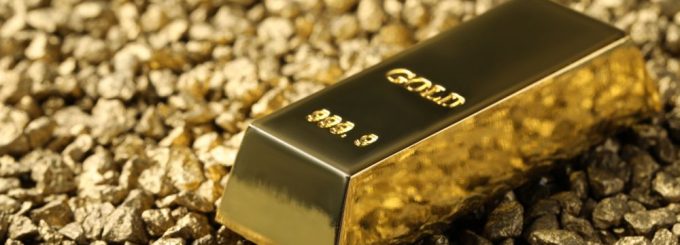How Technology Can Recover Gold from Waste

Some countries rely heavily on precious metal imports, since they don’t do heavy mining of their own. The Organization for Economic Cooperation and Development has revealed that such nations often consume these metals at a high rate, using them in industries like healthcare, semiconductors and renewable energy. Below are some ways in which technology is being used to recover more gold from waste.
Industrial Applications for Gold
While gold has long been associated with investment and jewelry, it actually has a number of industrial applications. It is used in electric vehicles, batteries and the electronic/electric field. The trouble with gold is its rarity and higher cost, which is why research is ongoing in urban based mining that can be used to extract gold from waste.
While such research is being conducted in various capacities around the world, many of the methods which have been developed so far need huge levels of chemicals along with elevated operation temperatures, which have both efficiency and regulatory issues.
Extraction Technology
A research team from South Korea has come up with a solution to this technical hurdle. The procedure they’ve developed will substantially increase precious metal waste recovery. Members of the team include Dr. Kyung-Won Jung and Dr. Jae Woo Choi, who are affiliated with the Center for Water Cycle Research within the KIST (Korea Institute of Science and Technology). Their team has revealed that they’ve created a recovery process for gold which has the highest recovery rate at an incredible 99.9 percent.
How does the technology work? It uses capsule based material within which the polymeric shell encapsulates an internal structure that is multilayered. The material they’ve created has a number of advantages, including a supremely high recovery, especially when compared to standard adsorption materials. The reason is because their material is designed to trap golden ions within the capsule that can then be recovered. This material is also capable of avoiding internal structure clogging because its polymeric shell enables golden ion penetration while also being impermeable to solids which are suspended with the gold.
Key Advantages
Through the introduction of functional groups which only react with golden ions inside multilayered structures, gold which bypasses a polymeric shell may be recovered even in situations where it coexists with other ion types or suspended solids. Capsule based materials may be produced via a process that is continual depending on which solvent exchanged method that is used, and the stability and efficiency have been demonstrated through a near 100 percent recovery performance even in scenarios where the material has been reused ten times.
The materials which have been developed as a result of this research are designed to solve the difficulties that conventional gold extraction methods have. It is a rapid technique that can be readily applied to associated industrial processes since the material may be synthesized in sizeable quantities. Based on these studies, it has become evident that morphology and chemical properties might also play a key role in metal extraction from liquids such as water. Best of all, the process is eco-friendly.


